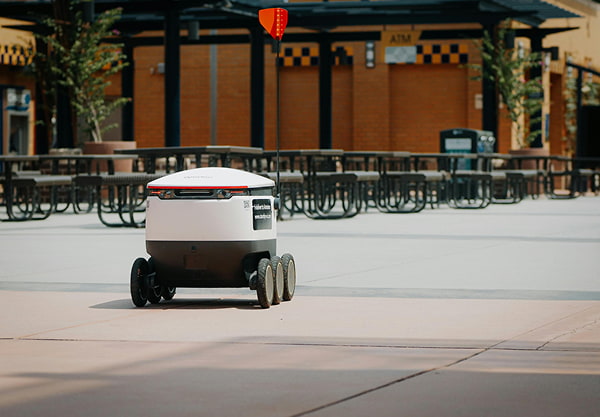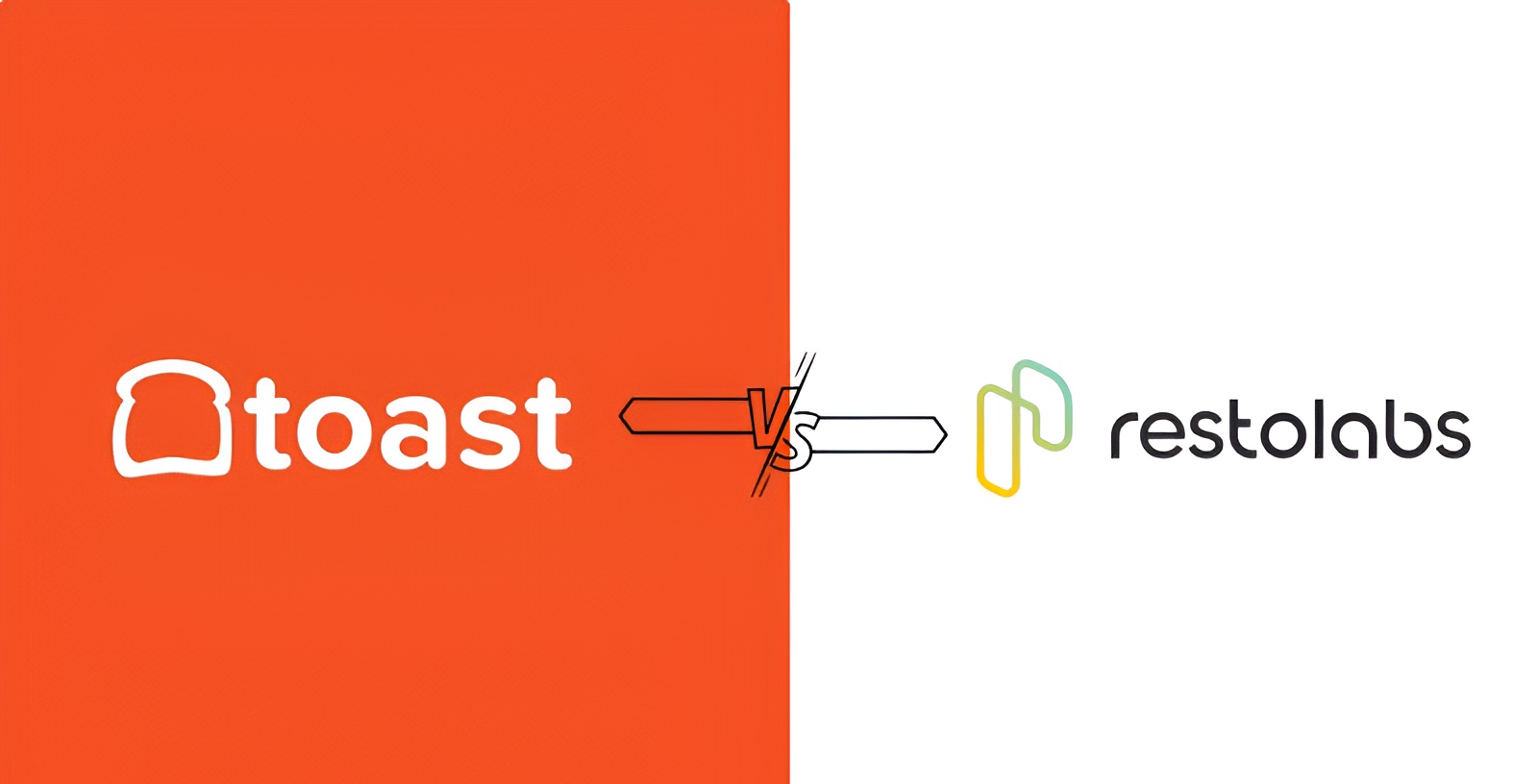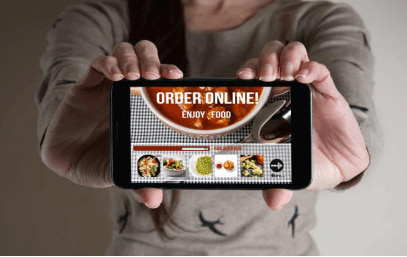Key Takeaways
The past few years have fundamentally transformed how businesses operate. New practices have emerged, while others have become obsolete. One of the most significant trends is the digitization of services, driven by the need for safety and convenience during the pandemic.
For the food industry, this shift has been particularly impactful, with ghost kitchens (also known as cloud kitchens) taking center stage. According to recent studies, the global ghost kitchen market is projected to reach $2.63 billion by 2026, growing at a CAGR of 17.2%.
Even legendary chef Guy Fieri has embraced this trend, launching his ghost kitchen chain, Flavortown Kitchens, which now operates in 24 states.
As we move into 2025, the importance of a strong digital presence for restaurants cannot be overstated. It’s no longer optional—it’s a necessity. Here’s how you can leverage digital strategies to thrive in the evolving food industry landscape.
Why Digital Presence is Crucial for Ghost Kitchens
Ghost kitchens, which operate without a physical dining space, rely entirely on their digital presence to attract and retain customers. Unlike traditional restaurants, ghost kitchens don’t have the luxury of face-to-face interactions. This makes it essential to create a seamless and engaging digital experience. Here’s how you can do it:
- Communicate with Your Customers Digitally
With most customers ordering food online, your digital interface must be interactive and user-friendly. A visually appealing website is a good start, but it needs to tell a deeper story about your brand—your origins, the people behind the scenes, and your culinary philosophy.- Social Media Engagement: Regularly interact with customers on platforms like Instagram, Facebook, and Twitter. Use posts, stories, and comments to create a connection.
- Geo-Tagging: Use location-based tags to increase your reach and attract local customers.
- Direct Links: Add icons on your website that link directly to your social media channels, and vice versa.
- Virtual Servicing: Enhancing the Customer Experience
One of the biggest challenges for ghost kitchens is the lack of direct customer interaction. To overcome this, focus on creating a virtual experience that delights customers:- Appealing Visuals: Use high-quality images and videos of your dishes to entice customers.
- Real-Time Updates: Provide real-time order status updates (e.g., order accepted, preparing, out for delivery) and use sensors to track delivery progress.
- Efficient Operations: Ensure your dishes travel well and are easy to produce, as delivery time and food condition are critical.
- Invest in a Comprehensive Online Ordering System
A robust online ordering system is the backbone of any ghost kitchen. It should be intuitive, fast, and reliable. Features like “Order Now” buttons, special offers, and clear menu presentations can significantly enhance the customer experience. Additionally, collect feedback post-delivery to continuously improve your service.
Attracting and Retaining Customers Digitally
Retaining customers is far more cost-effective than acquiring new ones. For ghost kitchens, this requires innovative digital strategies:
- Leverage Influencer Marketing
Influencers can amplify your brand’s visibility and reach new customer segments. A prime example is MrBeast, who launched his virtual burger chain, MrBeast Burgers, leveraging his 20 million YouTube subscribers. The result? Over 300 locations opened overnight, showcasing the power of influencer partnerships. - Email Marketing
Email marketing remains one of the most effective tools for customer retention. According to HubSpot, it offers an ROI of up to 3800%. Send regular newsletters with updates, promotions, and personalized offers to keep customers engaged. - Loyalty Programs
Reward repeat customers with loyalty programs. Offer discounts, free items, or exclusive deals to encourage them to return. For example, provide a free dessert after every five orders.
The Future of Ghost Kitchens: Tech-Enabled and Digital-First
As we look ahead to 2025, the future of ghost kitchens lies in becoming more tech-enabled and digital-first. While setting up a digital presence may seem daunting initially, the long-term benefits far outweigh the effort. Digital tools not only streamline operations but also allow you to do more with less—saving both time and money.
Conclusion
The rise of ghost kitchens and the shift toward digital-first operations have redefined the food industry. By embracing digital strategies—such as social media engagement, influencer marketing, and robust online ordering systems—restaurants can thrive in this new era.
The key is to create a seamless, engaging, and efficient digital experience that keeps customers coming back. As the industry continues to evolve, staying ahead of the curve will require innovation, adaptability, and a relentless focus on customer satisfaction.
Frequently Asked Questions


.gif)








